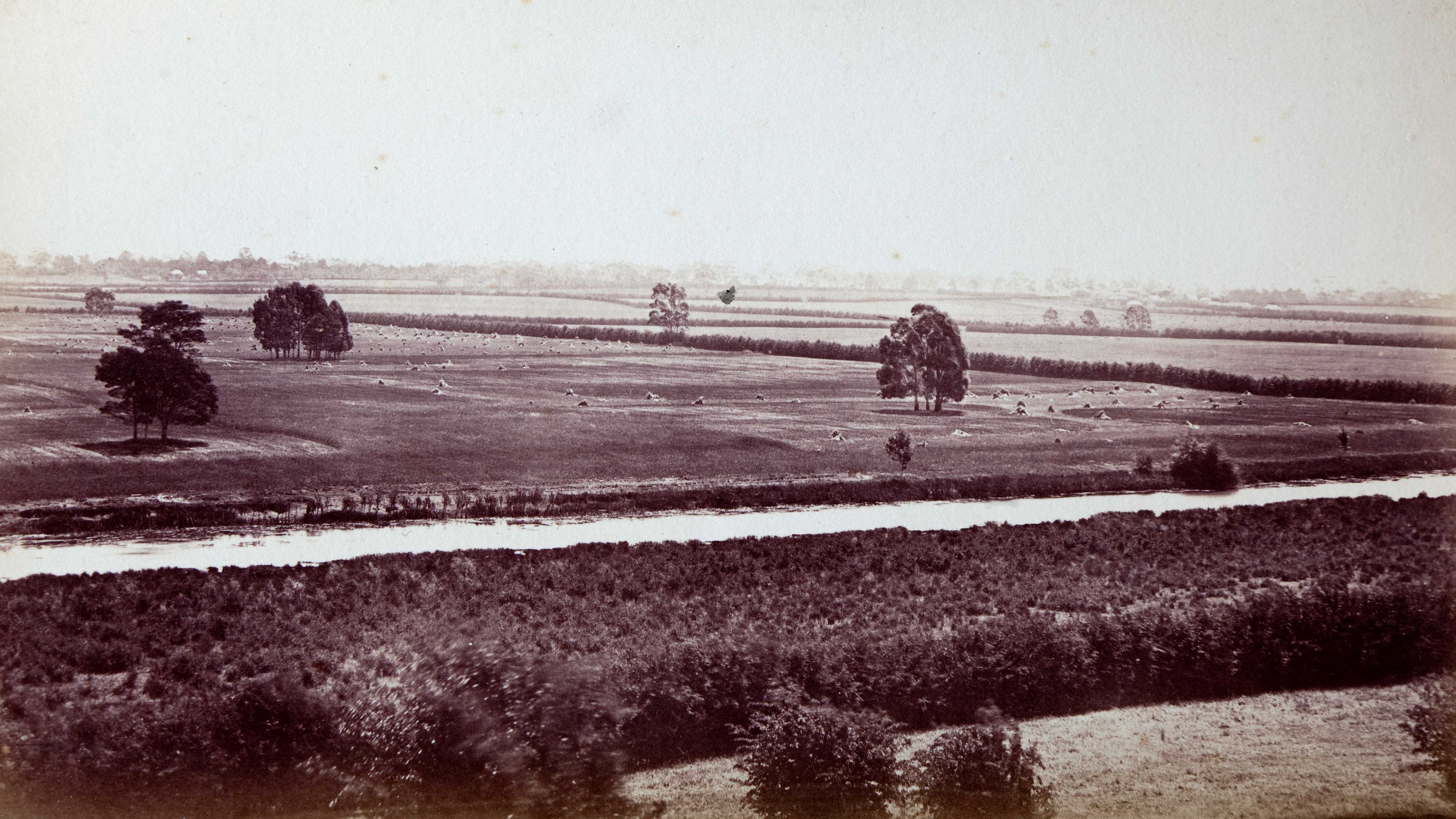Brickendon and Woolmers Estates were jointly entered on the UNESCO World Heritage list in July 2010 along with ten other sites around Australia to make up the Australian Convict Sites World Heritage Property. Recognised for their outstanding significance within the Australian convict system, they have qualified for being ‘representative of the use of penal transportation to expand Britain’s geopolitical spheres of influence, and to rehabilitate criminals and integrate them into a distant penal colony’ and ‘associated with global developments in the punishment of crime in the 19th century’.
The Australian Convicts Sites property includes the Tasmanian sites of Port Arthur Historic Site, Coal Mines Historic Site, Cascades Female Factory, Darlington Probation Station on Maria Island and Brickendon and Woolmers Estate. The remaining sites are Fremantle Prison in Western Australia, Hyde Park Barracks, Old Government House & Domain (Parramatta Park), Old Great North Road, and Cockatoo Island Convict Site in Sydney Harbour, all located in New South Wales, and Kingston and Arthur’s Vale Historic Area on Norfolk Island. Jointly these sites represent 11 elements of the convict transportation system.
The following is an extract from Australian Convict Sites compiled jointly by DEWHA and the Governments of New South Wales, Tasmania, Western Australia and Norfolk Island.
Each site represents key elements of the forced migration of convicts and is associated with global ideas and practices relating to the punishment and reform of the criminal elements of society during the modern era. The 11 sites included in the listing are the pre-eminent examples of Australia’s rich convict history, with more than 3,000 convict sites remaining around Australia representing different aspects of the story of convictism. This is unique in the world today.
The term “convictism” relates to the forced migration of convicts to penal colonies. The transportation of criminal offenders to penal colonies dates back to the early 17th century and occurred in many parts of the world until the abolition of transportation to French Guiana and the Andaman Islands in 1938. Britain, France, Spain, Portugal, the Netherlands, Russia and Argentina transported criminals to penal colonies across the world.
The primary motivating influences for the rise and spread of the transportation system included: geopolitical ambitions which were advanced by using convicts to build or expand colonies across the globe: the punishment of an increasing population of criminal offenders to deter crime in the home state: and the reform of the criminal elements of society.
With the end of transportation to America in 1775, Britain had to find a new way to deal with a large population of criminals. The British government was pressured to resume transportation to a new destination, or to establish a new national penitentiary system. As a result, Britain commenced transportation to Australia in 1787 and established a new colony of New South Wales in what had once been known only as the Great Southern Land. Other penal colonies were established in Van Diemen’s Land (now known as Tasmania) and the Swan River Colony (now known as Perth).
British transportation to Australia was the world’s first conscious attempt to build a new society on the labour of convicted prisoners. Around 166,000 men, women and children were transported to Australia over 80 years between 1787 and 1868.
Find out more about the World Heritage Convention and the World Heritage List.
Watch a video featuring Brickendon and Woolmers Estates
For further information on the Australian Convict Sites please visit:
- Woolmers Estate
- Cascades Female Factory
- Coal Mines Historic Site
- Cockatoo Island Convict Site
- Darlington Probation Station
- Fremantle Prison
- Hyde Park Barracks
- Kingston and Arthur’s Vale Historic Area
- Old Government House & Domain
- Old Great North Road
- Port Arthur Historic Site
Other heritage related links:
